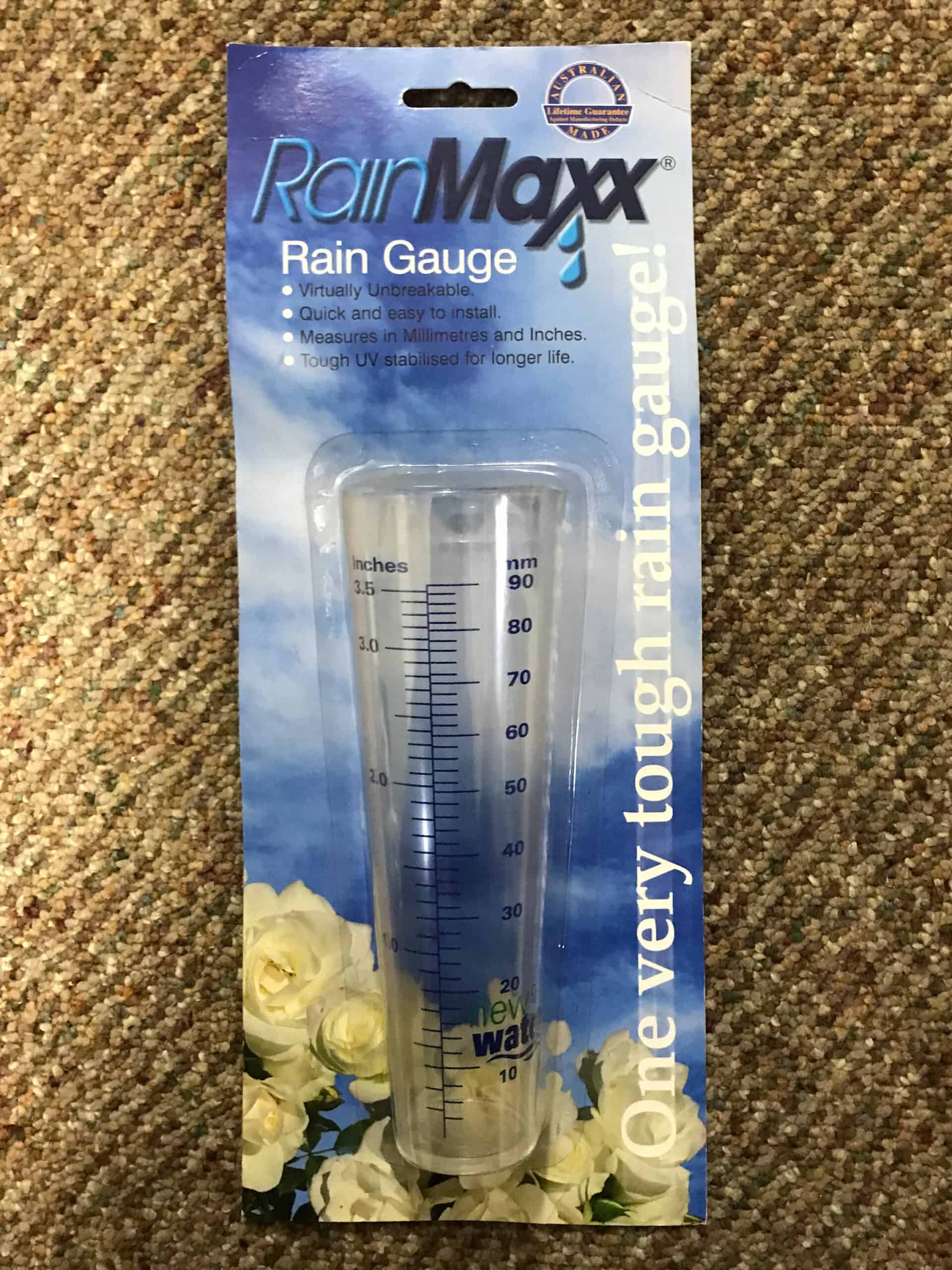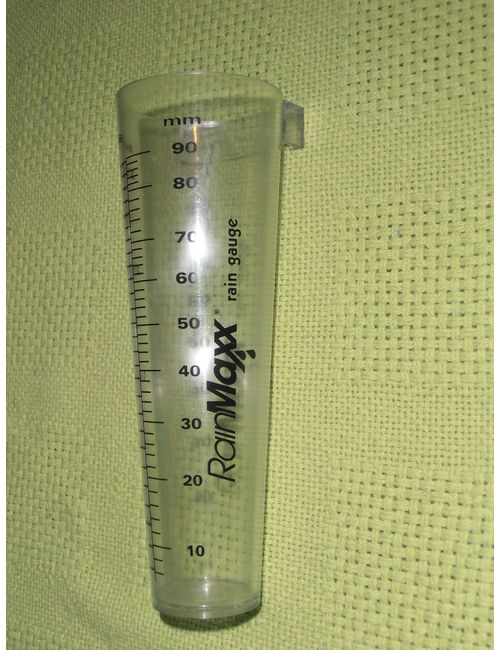How to Choose the Right Rain Gauge for Reliable Rainfall Monitoring
How to Choose the Right Rain Gauge for Reliable Rainfall Monitoring
Blog Article
Exploring the Development of Rainfall Gauges: From Traditional to Smart Instruments for Improved Accuracy in Rainfall Dimension
The dimension of rains has been an essential aspect of weather forecasting for centuries, shaping our understanding of climate patterns and climate patterns - rain gauge. From the very early hands-on rain gauges to the more recent intro of wise tools, the advancement of rainfall dimension tools has been a trip noted by technology and accuracy. By mapping the advancements in rainfall gauge modern technology from typical versions to the advanced smart tools these days, we can gain beneficial understandings right into just how these advancements have actually transformed the way we collect and assess rainfall information
Early Guidebook Rainfall Gauges
During antiquity, simple vessels were made use of to measure rains manually, marking the very early origins of rain gauges. These early rain determines were simple containers put in open areas to gather rainwater. The accumulated water was then by hand determined utilizing markings on the container to determine the amount of rains that had occurred within a particular period.
Although these hand-operated rain determines were efficient in providing a basic understanding of rains patterns, they were limited in precision and accuracy. Aspects such as wind, dissipation, and splilling could impact the dimensions, leading to prospective mistakes in the tape-recorded information.

Despite their restrictions, very early hand-operated rainfall evaluates played a vital duty in the development of much more advanced rain measurement gadgets. The principle of accumulating and gauging rains laid the structure for the production of even more advanced rainfall gauges that utilized scientific concepts to provide even more exact and dependable data. This development eventually resulted in the advancement of contemporary rain evaluates capable of capturing precise dimensions in different environmental conditions.
Development of Mechanical Rainfall Scales
The development from early manual rainfall determines to extra sophisticated mechanical rain measurement tools noted a considerable leap in the evolution of rainfall scale innovation. Mechanical rain determines, additionally understood as tipping bucket rain determines, operate a basic yet effective principle. These tools include a funnel that accumulates rain and channels it right into a tiny seesaw-like system - rain gauge. As the rainwater fills one side of the device, it ideas, causing the water to be cleared out, and concurrently tape-recording the quantity of rainfall. This design enables automatic dimensions, making it a lot more efficient and exact contrasted to manual approaches.
Mechanical rainfall evaluates are typically made from long lasting materials like stainless steel or plastic, guaranteeing longevity and reliability even in severe weather condition problems. With advancements in technology, modern-day mechanical rainfall gauges can also be geared up with electronic sensors to transfer real-time information wirelessly to information collection systems. This mix of mechanical robustness and digital connection has actually made mechanical rain evaluates a preferred choice for meteorological stations, study establishments, and farming applications where specific rainfall dimensions are crucial for decision-making processes.
Introduction of Digital Rainfall Scales

Electronic rain determines offer significant advantages over traditional mechanical evaluates, including higher precision, the capacity to measure smaller sized increments of rains, and reduced upkeep demands. By leveraging digital elements like tipping pails or acoustic sensors, these tools can offer detailed info on rains intensity, period, and distribution patterns with enhanced integrity.
Furthermore, the their explanation combination of digital rainfall assesses right into weather condition surveillance networks enables the collection of big quantities of information for analysis and forecasting objectives. This information can be made use of to enhance anticipating versions, improve very early caution systems for extreme weather occasions, and assistance climate research study efforts. On the whole, the introduction of electronic rainfall determines represents a critical innovation in the field of meteorology, assisting in extra detailed and specific rains measurement capabilities.
Shift to Wireless Rain Assesses
Progressing past typical approaches, atmospheric instrumentation has progressively shifted towards wireless rain evaluates for improved data collection and transmission. These ingenious gadgets use wireless innovation to transfer real-time rainfall data to centralized systems, providing scientists and meteorologists instant access to reliable and accurate information. The transition to cordless rainfall determines removes the requirement for hands-on data collection, decreasing human error and improving efficiency in keeping an eye on precipitation patterns.
Wireless rain gauges are equipped with sensing units that can find even the least quantity of rains, offering accurate dimensions for far better analysis and forecasting. The smooth combination of these gauges right into existing climate tracking networks allows for thorough data collection across numerous geographical places, enabling a much more comprehensive understanding of rains distribution and strength.
In addition, the wireless capacity of these rain determines allows remote monitoring in hard-to-reach or unsafe areas, increasing the scope of rains measurement in tough atmospheres. With their ability to enhance data transmission and enhance precision, wireless rainfall evaluates stand for a significant innovation in meteorological innovation, enhancing the precision and integrity of rainfall measurement for clinical research and functional projecting.
The Era of Smart Rainfall Gauges
Becoming a pivotal advancement in atmospheric instrumentation, clever rain gauges integrate innovative technology for boosted information collection and evaluation. These ingenious tools are geared up with sensing units that can measure not only the quantity of rains next yet also extra specifications such as intensity, duration, and also go down size distribution. By leveraging cordless connection, clever rainfall determines can transmit real-time data to atmospheric terminals, supplying instantaneous access to accurate rainfall dimensions.
Among the key attributes of smart rainfall evaluates is their ability to autonomously change for environmental aspects that might impact the precision of standard rainfall determines, such as wind disturbance or dissipation. This self-correction system makes certain that the information accumulated is extra consistent and dependable, leading to improved forecasting versions and better-informed decision-making in numerous fields like farming, water source administration, and urban planning. The integration of fabricated knowledge and device learning formulas in wise rainfall assesses enables for advanced information analysis, pattern acknowledgment, and forecasting capabilities, additionally improving their energy in contemporary meteorology.
Conclusion

From the very early hand-operated rainfall assesses to the a lot more current intro of wise gadgets, the development of rain measurement tools has been a trip noted by technology and accuracy.The development from early manual rain gauges to extra innovative mechanical rainfall measurement devices noted a substantial jump in the development of rain gauge modern technology. Mechanical rainfall assesses, likewise understood as tipping bucket rain evaluates, run on a straightforward yet reliable concept.One of the essential features of clever rainfall assesses is their capability to autonomously adjust for ecological variables that might impact the accuracy of typical rainfall evaluates, such as wind interference or dissipation.In verdict, the development of rain determines has progressed from very early hands-on devices to electronic and mechanical versions, eventually leading to the development of cordless and wise rainfall assesses.
Report this page